Google just released the Android 3.0 (Honeycomb) platform highlights which includes a ton of pictures of their new baby. We’ve broken down the highlights below, but be sure to check out the entire gallery they’ve supplied at the bottom as well.
New UI:
- System Bar, for global status and notifications: This is like the notification bar we are used to on Android today, only it has been moved to the bottom of the screen. You’ll receive notifications there, but it will also house the navigation buttons now.
- Action Bar, for application control: Your new in-app notification bar. This will display at the top and allow you to access additional options for that specific app.
- Customizable Home screens: You get 5 homescreens that are as customizable as ever. They’ve enhanced the setup though and made it easier to navigate.
- Recent Apps, for easy visual multitasking: You can access your most recent apps just as you do now, only you’ll get previews of those apps and in whatever state you last left them.
Updated set of standard apps:
- Browser: This thing has been completely re-done. New tabbed browsing, incognito mode and bookmarks presentation are all included. You can also sync your bookmarks with your current Chrome account and enjoy a better experience on non-mobile sites.
- Camera and Gallery: Redesigned to take advantage of the larger screen. You have even quicker access to thumbnails and all of your camera settings.
- Contacts: A new two-pane UI is introduced with contact information presented in a card-like fashion.
- Email: Also viewed in two-pane mode, includes new widget and allows you to select multiple emails which can be affected using the Action Bar.
Redesigned Keyboard:
- Keyboard: Keys have been reshaped and repositioned to make typing easier and faster. They’ve also added a new Tab key.
- Improved text selection, copy and paste: You can copy text from almost anywhere now with a simple long press on a word. You can then adjust the area to select as much text as you’d like, then use the Action Bar to copy, paste, etc.
High-performance 2D and 3D graphics:
- Honeycomb now includes hardware-accelerated 2D graphics plus a Renderscript 3D graphics engine. You will see a giant boost in graphics performance, plus developers can create 3D scenes and so much more.
Support for multicore processor architectures:
- You knew this was coming. Multi-core processors are supported which is exactly why the XOOM has a dual-core Tegra 2 from NVIDIA. Beast-mode.
New UI Framework for creating great tablet apps:
- Widgets: Widgets will play a major role in Honeycomb. In fact, Google has made so made changes to their approach to widgets that developers would be fools not to take advantage.
- Action Bar (again): The Action Bar allows the developer to expose extra features for the users of their apps. They can give quick access to widgets, navigation, contextual options, etc.
- Richer Notifications: Notifications will have much more important information than they have in the past.
Enhancements for enterprise:
- Can support new types of policies, including policies for encrypted storage, password expiration, password history, and password complex characters required.
Oh, they’ve also released a new API for Android 3.0 so that developers can make sure their apps will work once the Motorola XOOM is released. Here are some notes from that announcement:
UI framework for creating great apps for larger screen devices: Developers can use a new UI components, new themes, richer widgets and notifications, drag and drop, and other new features to create rich and engaging apps for users on larger screen devices.
High-performance 2D and 3D graphics: A new property-based animation framework lets developers add great visual effects to their apps. A built-in GL renderer lets developers request hardware-acceleration of common 2D rendering operations in their apps, across the entire app or only in specific activities or views. For adding rich 3D scenes, developers take advantage of a new 3D graphics engine called Renderscript.
Support for multicore processor architectures: Android 3.0 is optimized to run on either single- or dual-core processors, so that applications run with the best possible performance.
Rich multimedia: New multimedia features such as HTTP Live streaming support, a pluggable DRM framework, and easy media file transfer through MTP/PTP, give developers new ways to bring rich content to users.
New types of connectivity: New APIs for Bluetooth A2DP and HSP let applications offer audio streaming and headset control. Support for Bluetooth insecure socket connection lets applications connect to simple devices that may not have a user interface.
Enhancements for enterprise: New administrative policies, such as for encrypted storage and password expiration, help enterprise administrators manage devices more effectively.
And since they’ve provided it to us again, how about another look at that Honeycomb preview video:
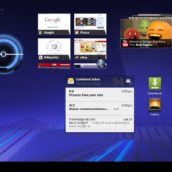
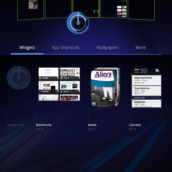
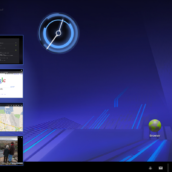
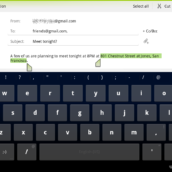


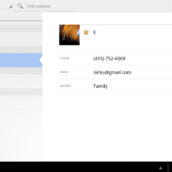
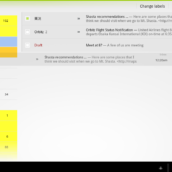
Collapse Show Comments54 Comments